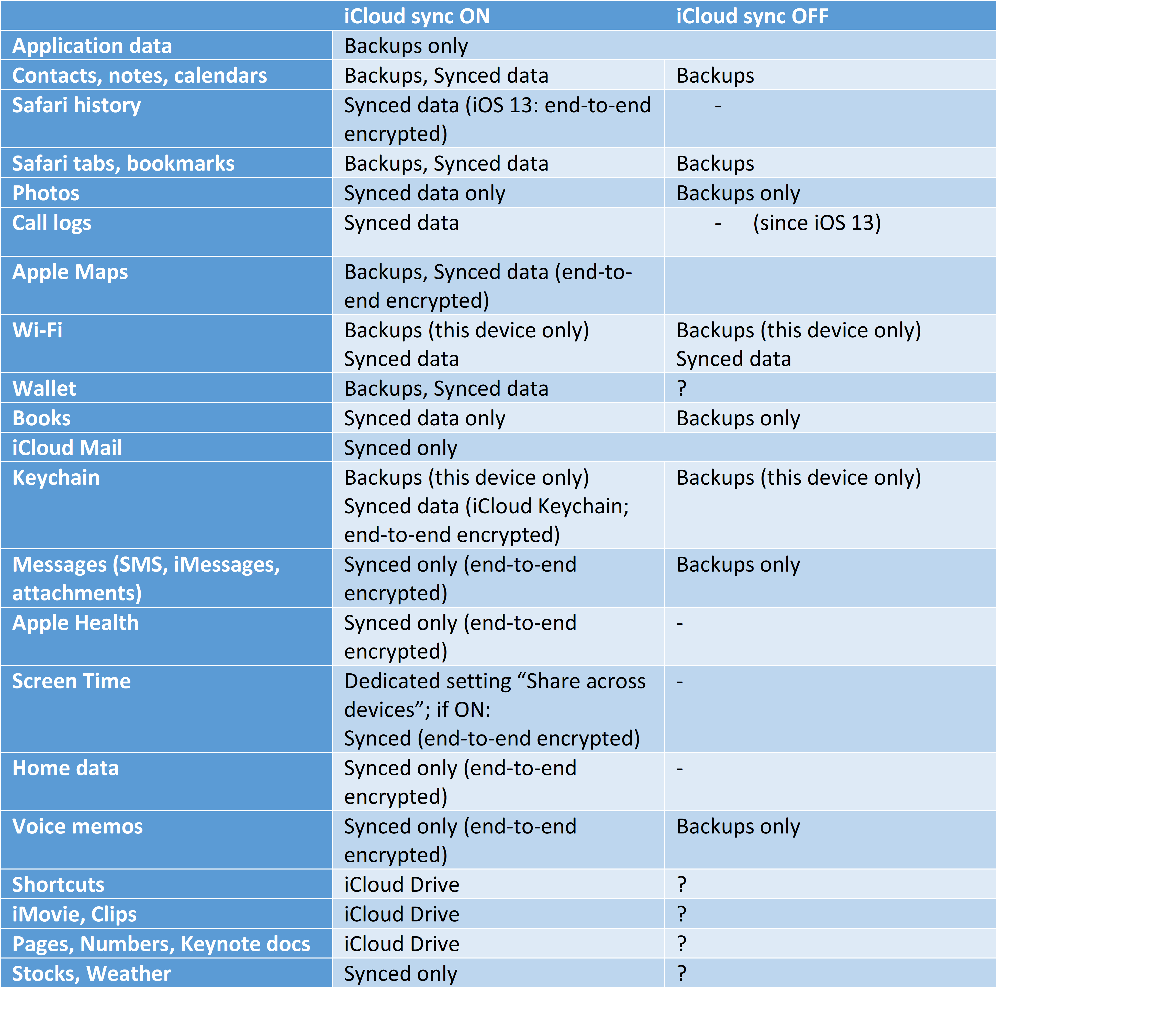

- Reset encrypted data what that mneans for windows 10#
- Reset encrypted data what that mneans android#
- Reset encrypted data what that mneans Pc#
- Reset encrypted data what that mneans mac#
As you will understand after reading this, there are many options and it’s nearly impossible to be fully complete on covering all scenario’s, but I’ll do my best. So the next part of this blog will be about those specifics. This information will probably be enough to understand what wipe action to use for which scenario.įor completeness, here is a KB article that describes the difference between an Enterprise Wipe versus a Device Wipe for Workspace ONE: īut there are some specific scenario’s and use-cases that require additional explanation. Windows does not boot, or an application no longer works. The contract is terminated, and all customer data needs to be removed, but personal data needs to stay on the deviceĭevice is corrupted, i.e.
Reset encrypted data what that mneans Pc#
I have created this table to map the commands to some of the most popular use cases: Use-caseĭevice is lost or stolen, and all data needs to be wipedĭevice needs to be transferred to user B, and all personal data and apps from user A need to be removedĮxternal/Contractor is using his own PC (BYOD) to work at customer.
Reset encrypted data what that mneans mac#
On Windows and Mac only a ‘Device Wipe’ will delete all user profiles and therefore corporate data.Įach Wipe command serves a different use case.The default Wipe command in WS1 is ‘Enterprise Wipe’, for instance when a device is untrusted, the device will be ‘Enterprise Wiped’.Thus, valuable corporate data will be left on the device with an unencrypted hard drive. But all corporate data (Outlook cache, synced OneDrive files, local files) are not touched and will stay on the device. On Windows and Mac an Enterprise Wipe will only uninstall the apps and unencrypt the hard disk.On a mobile device an Enterprise Wipe will remove all apps and all the corporate data that is stored in the apps (e.g.Enterprise Wipe on Windows works different from Android/IOS, since there is no isolated ‘sandbox’ concept on Windows (yet).Let me add some additional information to consider regarding ‘Enterprise Wipe’: Wipe and Persist Provisioning Data Wipe and Persist Provisioning Data will restore provisioning data (application and configuration PPKGs) after the wipe operation.Wipe Protected Wipe Protected performs a Device Wipe that cannot be circumvented by the user, in some device configurations this command may leave the device unable to boot.This includes all personal user information if applicable. Wipe (Default) A Device Wipe removes all data, email, profiles and MDM capabilities and the device returns to a factory default state.Device Wipe The ‘Device Wipe’ has a few sub options:.The device will re-sync auto-deployed enterprise settings, policies, and apps after the reset while remaining managed by Workspace ONE. It re-installs the Windows OS while preserving user data, user accounts and managed applications. Enterprise Reset restores a device to a ready-to-work state when a device is corrupted or has malfunctioning applications.This action cannot be undone, and re-enrollment will be required for Workspace ONE to manage this device again. An Enterprise Wipe will unenroll and remove all managed enterprise resources from the selected device, including applications and profiles.Let us start with a quick overview which Reset and Wipe options are available, and what do they do according the documentation:
Reset encrypted data what that mneans for windows 10#
I have created this blogpost to explain what Wipe and Reset command are available for Windows 10 and in what scenario you can use them. Depending on the use-case you might want to use a different command. This might seem like a trivial and easy feature, and is, however there are at least 5 different Wipe or Reset options available, and that number is growing.

One of these features is the ability to remotely send a Wipe or Reset command to a device.
Reset encrypted data what that mneans android#
More and more Workspace ONE UEM features that are obvious to use on IOS and Android are coming to Windows 10 devices.


 0 kommentar(er)
0 kommentar(er)
